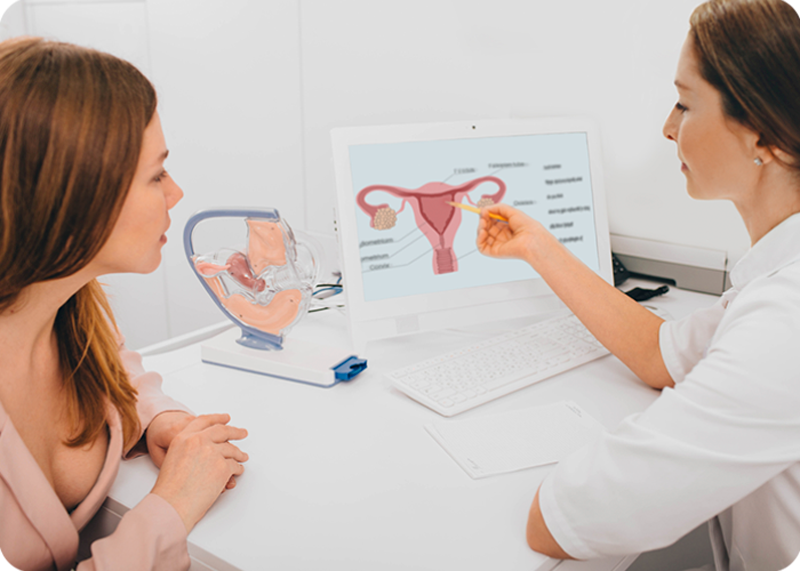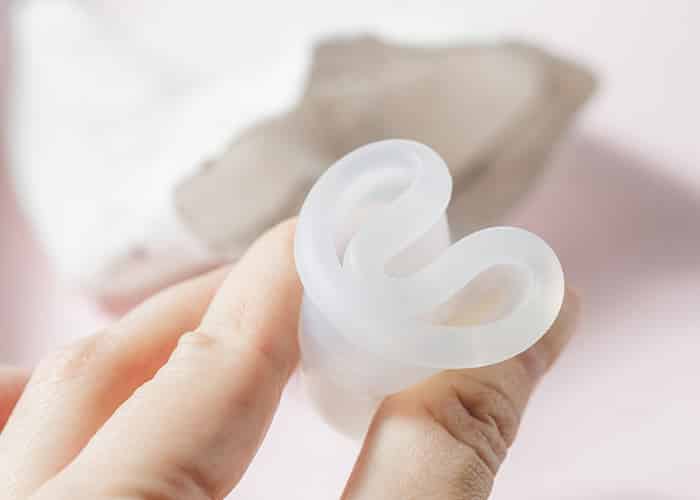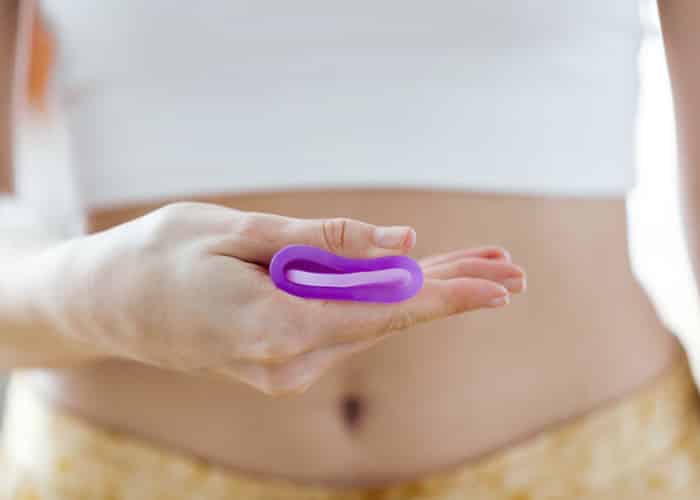From approximately more or less 12 years of age, we begin our menstrual cycle. Menstruation marks the beginning of those years of looking out for when it will arrive, why it hasn’t come yet, and the typical “Did I stain myself?”
This is how our stage of fertile life begins.
This cyclical natural process not only involves the period; throughout the month, our intelligent body prepares the conditions for fertilization. After all, that’s what it’s all about.
It’s important to know how our menstrual cycle works to know if we’re healthy and figure out what many are interested in: planning or avoiding pregnancy.
How does it work and what are the phases of the menstrual cycle?
The menstrual cycle is a series of events that happen every month inside women’s reproductive organs. Hormones are secreted and new structures are formed; your body does everything to make itself good fertile material.
The beginning and duration of each phase of the cycle vary from one woman to another. Here we propose some approximations in regular menstrual periods.
- Day 1 to 7: Day 1 of the cycle begins with the first day of menstruation. In this phase, the endometrium that had been prepared to receive the fertilized ovum is detached and expelled. This stage can last between three and seven days.
- Day 1 to 14: Similarly, the first day of menstruation begins thefollicular phase, which lasts until the 14th day of the cycle, approximately. In this phase, estrogen starts being secreted, follicles form in the ovaries where the ovules are found, and the endometrium develops to receive the ovule.
These are the best days to undertake new projects, start a training routine, and make decisions. Your hormones are on your side. - Around day 14: in the ovulatory phase, the follicles of the ovaries burst and detach the ovum, which goes down the fallopian tubes into the uterus. At this stage, the now mature ovum waits to be fertilized. This usually occurs in the middle of the menstrual cycle, between 13 and 16 days before the next period. If the egg is not fertilized 24 hours after its descent, it grows old and becomes infertile. Some women haveovulatory bleeding or spotting.
- From day 17 to 28: the luteal phase occurs when a structure is formed on the ovaries known as the corpus luteum, responsible for the production of progesterone. This hormone causes the endometrium to thicken and supply more blood to nourish the embryo. This occurs even without pregnancy. Additionally, it’s responsible for creating cervical mucus that prevents new sperm from passing through. This phase subsequently gives way to the beginning of a new menstrual cycle.
How do I calculate my menstrual cycle?
As we mentioned earlier, the menstrual cycle varies depending on the conditions of each woman. There are basic criteria that determine if your cycle is normal and by which you can guide yourself, but the days which complete each phase may change a bit.
There are certain methods you can perform to calculate your cycle, whether you want to get pregnant or use natural contraception such as the rhythm method.
First of all, write down the day that your period stops and then write down the day of the beginning of the next cycle (period).
By doing it this way for two consecutive times, you’ll have an idea of the duration of your menstrual cycle.
It should be noted that although the cycle is said to last exactly 28 days, it can vary between 22 and 35 days.
If you determine that your cycle lasts, for example, 28 days, day 14 (halfway), is the day you should be ovulating.
However, it does not mean that your only fertile day is that one: as the sperm has the ability to live inside the uterus for more than 72 hours, the days of risk of pregnancy are equivalent to three days before your day of ovulation and even a couple of days later.
Do I show symptoms when I ovulate?
Yes! There are physical signs that indicate you are ovulating. When your vaginal discharge is abundant, transparent, and sticky, resembling egg whites, you are fertile.
When it gets drier, it means that ovulation is over.
On the other hand, from day 17 of the cycle until approximately the tenth day of the next one, the chances of getting pregnant are slim.
Can I get pregnant during my period?
Yes, but it depends. Technically, in a regular or long menstrual cycle, the days when you ovulate are farther from the end of the cycle. But for those women who have a short cycle, say 22 days, the risk of getting pregnant is greater.
This is because, as we mentioned, sperm have the ability to live for days in the womb, and in such a short cycle, half of the cycle (i.e. the fertile phase) is closer to the days of your period.
Getting pregnant during these days is unlikely in normal cycles, but it’s not impossible for fertilization to happen. You should always wear protection.
How do I know if my cycle is normal?
- Your period lasts between 3 and 7 days.
- Periods happen each month. The normal thing is that it occurs between 22 and 35 days since the last period.
- Menstruation can be regular, presenting the same amount of flow, being punctual and having the same duration each month; or, it can be irregular, sometimes painful and sometimes not, lasting more or fewer days, etc. All of this is normal.
- Usually, the first periods tend to last longer and be more irregular, but as age progresses, they reach greater uniformity.
- The color of your menstrual flow can also give you clues about the health of your intimate area.
Knowing your menstrual cycle can help show you when you’re fertile, whether you’re healthy, and even why you feel more motivated on some days than on others.
Related: Read our article about Abundant flow and blood clots








